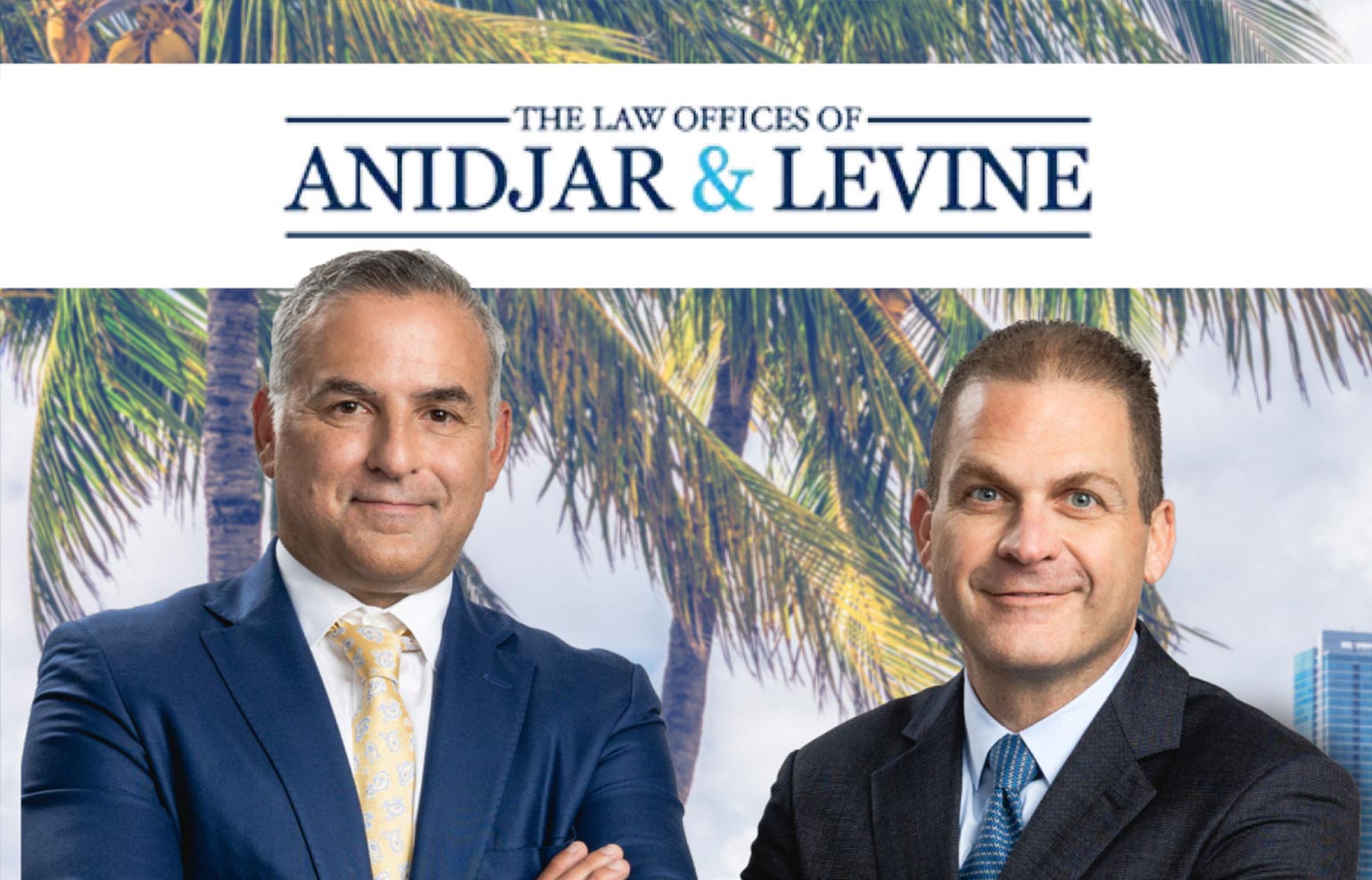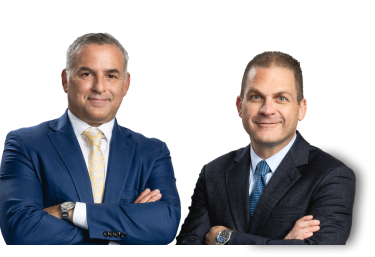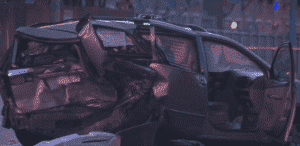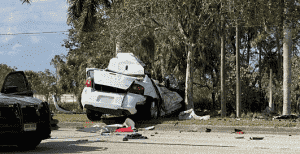
T-bone accidents, also known as side-impact collisions, are among the most dangerous types of traffic accidents in Miami due to the limited protection vehicles provide from side impacts. These crashes often occur at intersections and can result in severe injuries, particularly for occupants on the side of the car that was struck.
After a T-bone Miami car accident, you should immediately ensure everyone’s safety, call 911, document the scene thoroughly, seek medical attention even if injuries seem minor, notify your insurance company, and consult with an experienced legal professional.
Taking the right steps immediately after a T-bone accident is crucial for your safety, your legal rights, and your ability to recover fair compensation. A knowledgeable Miami car accident lawyer can help you fight for the compensation you deserve.
Immediate Safety Steps at the T-Bone Accident Scene
If you’re physically able, check yourself and your passengers for injuries before attempting to move. T-bone accidents frequently cause head, neck, and spinal injuries that may not be immediately apparent but could be worsened by movement. If anyone is seriously injured or you suspect spinal injuries, avoid moving them unless there’s immediate danger.
Turn on your hazard lights and, if possible, move your vehicle out of traffic to prevent additional collisions. However, only move your car if it’s safe to do so and you’re not seriously injured. If the vehicle is too damaged to move or you’re unable to move it safely, leave it where it is and focus on getting to a safe location.
Call 911 immediately to report the accident and request medical assistance. Even if injuries seem minor initially, many T-bone accident injuries don’t manifest symptoms for hours or days after the collision. Emergency responders can properly evaluate everyone involved and provide necessary medical care.
Documenting Your Miami T-Bone Accident Properly
Thorough documentation of your T-bone accident is another thing you should do to build a strong insurance claim and potential legal case. The evidence you gather at the scene and in the immediate aftermath can make the difference between a successful claim and a denied or undervalued settlement offer.
Take extensive photographs of the accident scene from multiple angles, focusing on the point of impact, vehicle damage, and the surrounding intersection. T-bone accidents often involve complex fault determinations, especially when they occur at intersections with traffic signals or stop signs. Photograph any relevant traffic control devices, road conditions, and visibility factors.
Gather information from the other driver, including their name, contact information, driver’s license number, insurance company, and policy number. Also, collect the vehicle’s make, model, year, and license plate number. If there are passengers in either car, get their contact information as well.
Understanding T-Bone Accident Injuries and Medical Care
T-bone accidents often result in more severe injuries than head-on or rear-end collisions due to the limited structural protection on the sides of vehicles.
Common T-Bone Accident Injuries
The occupants on the impact side are particularly vulnerable to serious injuries. Common injuries include traumatic brain injuries, neck and spinal cord injuries, broken ribs, internal organ damage, and fractures to the pelvis, arms, and legs. Many of these injuries may not present immediate symptoms but can have long-lasting effects.
Seeking Immediate Medical Attention
Seek medical attention immediately after the accident, even if you feel fine. Adrenaline and shock can mask pain and injury symptoms, and some serious conditions like internal bleeding or brain injuries may not be immediately apparent.
Follow through with all recommended medical treatment, as insurance companies often use gaps in treatment to argue against your claim. Also, keep detailed records of all medical expenses and treatments so you can document them for your claim.
Dealing with Insurance Companies After a T-Bone Crash
Making an insurance claim after a T-bone Miami car accident requires careful strategy and attention to detail. Insurance companies often dispute liability in T-bone accidents, especially those occurring at intersections, making it essential to protect your interests throughout the claims process.
You should contact your insurance company to report your T-bone Miami car accident as soon as possible, but provide only factual information about what occurred. Avoid speculating about fault or making statements that could be interpreted as admissions of responsibility. Stick to the basic facts about the collision, including the time, location, and parties involved.
Be particularly cautious when dealing with the other driver’s insurance company. They may contact you quickly after the accident, offering to take a recorded statement or presenting an early settlement offer. Remember that their goal is to minimize their financial exposure, not to ensure you receive fair compensation for your injuries and damages.
Determining Fault in Miami T-Bone Accidents
Fault determination in T-bone accidents involves analyzing multiple factors and can be more complex than it initially appears.
Intersection Accidents and Right-of-Way Rules
Most T-bone accidents occur when one vehicle fails to yield the right-of-way at an intersection, such as running a red light or failing to stop at a stop sign. However, fault isn’t always clear-cut, and multiple factors may contribute to the collision.
How Florida’s Comparative Negligence Laws Apply
Florida’s comparative negligence laws mean that fault can be shared between drivers based on their respective contributions to the accident. Understanding how fault affects your compensation is crucial because your percentage of responsibility for the accident may reduce your recovery.
If you are found to be more than 50% at fault, you could be barred from getting any compensation. However, don’t assume that you are mostly at fault. Instead, let a lawyer look over your situation and make that determination.
When to Hire a Miami T-Bone Accident Attorney
Consider seeking legal help if you’ve sustained significant injuries that require extensive medical treatment, result in permanent disabilities, or affect your ability to work. Legal representation becomes particularly valuable when fault is disputed, when dealing with multiple insurance companies, or if the insurance company denies your claim or offers an inadequate settlement.
If the insurance company pressures you to settle quickly, an experienced attorney can protect your rights and negotiate on your behalf. Insurance companies are more likely to make fair offers when they know you have competent legal representation. You should:
- Seek legal help for serious injuries or permanent disabilities
- Consider an attorney when fault is disputed or unclear
- Get legal advice if the insurance company denies your claim
- Consult an attorney before accepting any settlement offer
- Look for a lawyer experienced specifically in T-bone accident cases
Moving Forward After Your T-Bone Miami Car Accident
Knowing what you should do immediately after your T-bone Miami car accident and throughout your recovery can significantly impact your ability to obtain the resources you need to rebuild your life.
Anidjar & Levine have successfully represented countless clients who have suffered serious injuries in side-impact collisions, fighting tirelessly to secure the maximum compensation possible for their medical expenses, lost wages, and pain and suffering.
Call us today for a free consultation to discuss your T-bone accident case and learn how we can help you. You pay nothing unless we recover compensation for you, and we’re available 24/7 to provide the aggressive representation you deserve.










